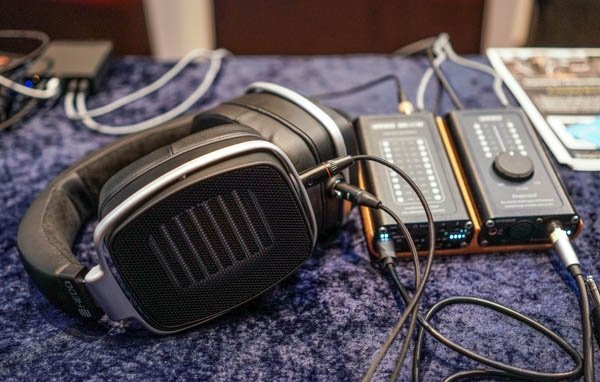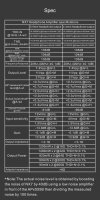Power amplifiers have input sensitivity, max input, gain, rated output, max output, etc. Input sensitivity is the input voltage needed to achieve rated output voltage (and thus power for specified load and distortion). Max input could be where input or output clipping occurs, i.e. the voltage excursion limits of the input (or output) stage. Amplifiers can usually provide greater output for brief periods than their rated specifications, e.g. headroom. And note that rated output is for a given power into a given load at a specified distortion level. The same amp could be rated for different power output (and thus different input voltage) by changing the distortion spec from say 0.01% to 1%.





